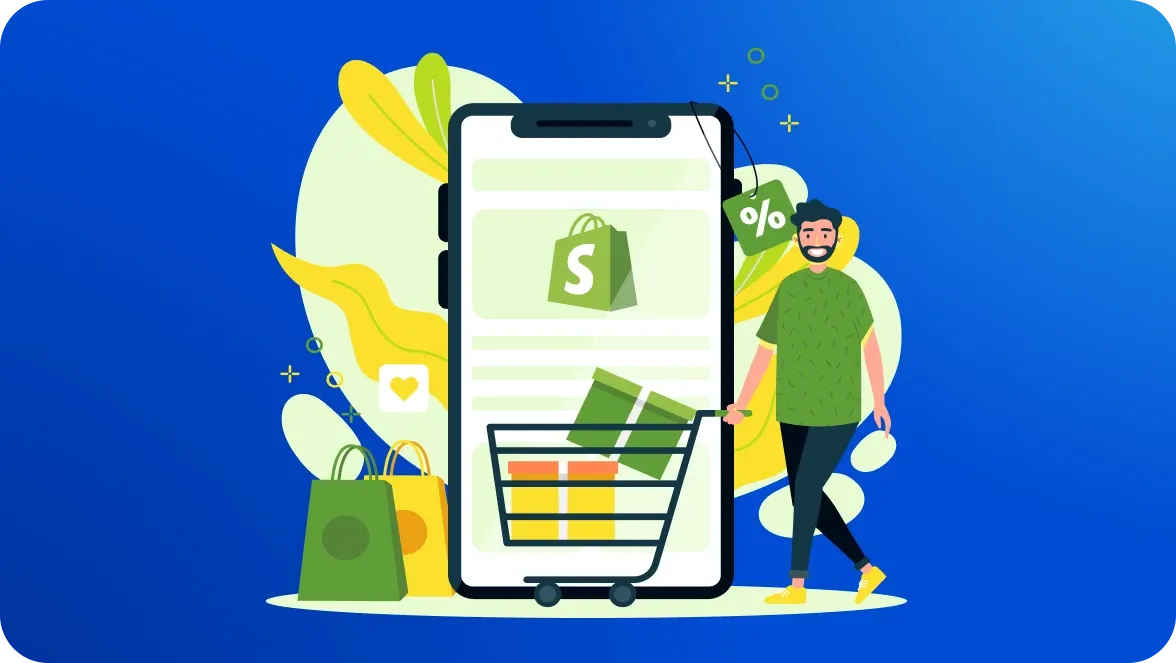
What is headless commerce?
Headless commerce is simply decoupling the frontend from the backend. The frontend represents everything that users can see on the webpage — the content and design. User experience heavily depends on the frontend performance. Meanwhile, the backend corresponds to the area where everything is managed and stored. In a conventional e-commerce product, these two platforms are linked to each other, and changes in one part will affect the other.
Why is everybody making a big fuss around headless commerce? Headless commerce is a game-changing approach, as it gives freedom to both parts — frontend and backend platforms can operate independently. But they are connected through the use of an application programming interface (API).
How does this apply to business?
The key point is that user experience is evolving so businesses need to know how to meet new expectations of the targeted audience. Consumers interact with online stores through mobile apps, social media, chatbots, different digital channels, and a variety of devices — desktop, laptop, tablet, smartphone. Therefore, the interface should work simultaneously across all devices and platforms.
In a conventional e-commerce store, if there is a need to apply some changes to the interface or design, the backend part will have to be updated as well. This process is usually time-consuming and labor demanding. Let’s dwell on the broader differences between e-commerce and headless commerce in more detail – probably you will find your own reasons to switch from a traditional e-commerce store to a headless approach.
Headless commerce vs traditional commerce
Initially, e-commerce was conceived as a ready-made platform for building online stores. Using such platforms entrepreneurs could build all necessary sales processes. Thus, e-commerce platforms like Shopify and BigCommerce included all the frontend features, presentation, and ready-made UI themes for your store as well as digitized backend functionality, such as customer registration, login, order management, shipping.
Now, as e-commerce progresses, many businesses experience a lack of functionality for their online stores. The fact is that there is only a tiny room for personalization and customization using all-in-one solutions. As a result, businesses are tied to the functionality of the platform and are not able to create unique features to attract and retain their customers. Here is the milestone when the decoupling started and Headless e-commerce appeared.
Going headless, website admins can create, change content, and design without hurdles, and you will not need to add code to the backend or hire a development team.
Thus, the headless commerce advantages — IT development costs are reduced, the marketing team can implement changes faster, and the business is not limited by the capabilities of the website. Here is a comparison of traditional commerce and headless commerce solution. I’ve highlighted eight main features:
Headless commerce benefits
Let’s focus on what exactly Headless Commerce benefits are.
Frontend Development
Website design is no longer limited by pre-defined themes provided by the platform you use. This way, designers, marketers, and frontend developers can create a unique customer experience and make your business stand out from the competition.
In traditional e-commerce platforms like Shopify or BigCommerce, developers don’t change the backend part and, therefore, they’re limited with data. Also, Shopify uses Liquid templating, which helps to display all data. That’s why it’s needed to put additional efforts into transforming received data and displaying it.
Using the Headless approach developers aren’t tied to the frontend technologies of the platform. They can use such technologies as ReactJS, VueJS, or Angular. Moreover, you determine what data you need to receive on the frontend page through API. These technologies give engineers more flexibility in development and make frontend applications more dynamic.
Customization and personalization
By using a conventional e-commerce approach, users, developers, and marketers may use only a limited number of themes. It makes the user experience standard and boring. With the headless commerce advantages, your website won’t be associated with the usual clichés used by the vast majority of retailers — it’s possible to create unique offers, visualization, and customer journey. It will encourage your website users to make a purchase and better fit their needs.
Omnichannel presence
Shoppers want to purchase at any time, from any device, through any digital channel, or a chatbot. If a business doesn’t work with one of the sales channels, obviously it’s decreasing its conversions.
We provide access to the created content through the API to all consumers and across various channels: mobile apps, websites, chatbots. The benefits of headless commerce approach are a seamless user experience and omnichannel content publishing. Creating content in one place, CMS, we can use it everywhere.
Flexibility
Your tech team or even non-developers can apply necessary changes – new features, functionality, or integrations – to your website much faster. For example, when required, your team can create a new field for the Promo page. Any changes are easy to execute and add, no more editing of several layers of coding is needed to update e-commerce themes directly, as everything is applicable in the Headless CMS.
Scalability
The headless approach is entirely customizable, which makes it perfect for the businesses that are going to scale up. You can plan an important marketing campaign or introduction of a new product line without tech pains — putting energy and effort into coding, optimization, and adaptation to various digital channels.
Development Speed
Using headless CMS, we create a set of components that will be used on the frontend site and in any sales channel further. In this case, there is additional time spent on configuring the CMS. But in the long-term, you benefit from components already created, which can be easily extended when it’s needed. You don’t waste time making changes in the theme directly, as you can do it in the visual editor in the CMS. As a result, the speed of adding new content or changes to the website increases.
SEO optimization
Site loading speed is crucial for better optimization of your website in search engines. One of the headless commerce benefits is the possibility to fix store performance issues that cannot be solved that easily with a standard Shopify solution.
Besides, in Shopify, all URLs are in a specific format, which developers can’t moderate for better SEO optimization. Using the Headless method it’s possible to render URLs in a required format for search engines.
Cost savings
It may seem that migrating to the headless solution can be quite expensive compared to conventional e-commerce solutions. However, you win in the long run. As soon as you switch to this solution, you can manage the changes on the site yourself, and your tech support costs will be halved since there will be no need to make changes in the backend part. Instead, the frontend part can be easily managed by a non-developers team or partially by frontend developers.
Examples of headless commerce in action
Our engineering team has profound expertise in online store development. I would like to share with you the headless commerce example and one of our success stories in the e-commerce domain.
Recently we’ve been approached by a US-based startup, OURA. This brand produces textiles: headwear, air mask, skincare exfoliants, kitchen aprons.
OURA store had a typical Shopify website, but the business required more custom features for scaling up. A ready-made Shopify solution couldn’t meet specific business needs — content management for detailed product descriptions (text, video, photo), SEO optimization, customized UI/UX design.

This is where we started. One of the core features was to implement headless architecture. We developed a new website and integrated it with the old admin panel. We developed frontend components that can be reused throughout the website, on any page. Now the client can create new pages using this set of components for an advertising campaign directly in headless CMS, without hiring developers, and use the website content on various applications keeping custom logic by API. It is a necessary feature if the business strives to sell items on marketplaces or third-party applications.
Moreover, the client wanted to go global. To achieve this goal, we created a separate instance of CMS and the frontend part of the website for each country. We did it by just deploying the infrastructure for these applications on AWS. Now all new features are automatically applied to the store of each country, and all content is individually created for each store. Thanks to this, we did two major things at the same time — personalization and extended functionality for each store across the globe.
Also, we increased website responsiveness to customer actions as it was one of the main requests of OURA. We solved that problem by using ReactJS for the frontend side. Now the website is very dynamic and quickly responds to user requests.
As a result, we delivered a new website with the vital required features on time and within budget. The client was happy as they had more opportunities to promote their website and sell more items. After the development of all necessary features, we empowered the website position in Search Engines. The client got more traffic, about 1000 new users per day, and growing.
Conclusion
Drop us a message if you’re interested in building a high-performing and easy scaling online store using the Headless approach. Our team of experts will be happy to create and implement a strategy for your website development aligned with your business goals. Providing Shopify development services, we know how to help brands to stay at the forefront of innovation, remain competitive, and overcome challenges.



































Was this helpful?
0
No comments yet